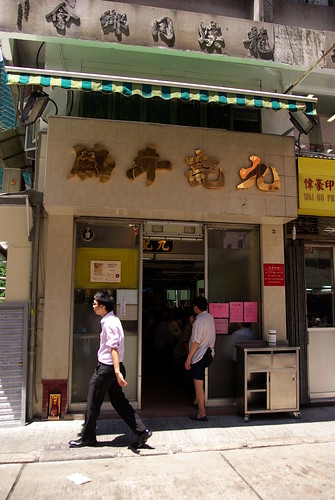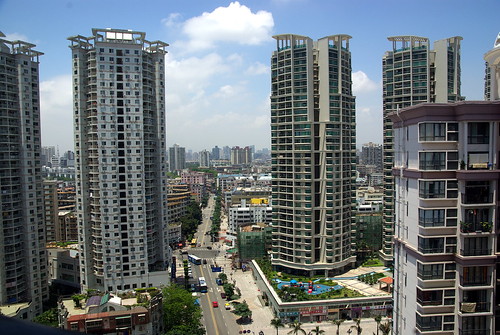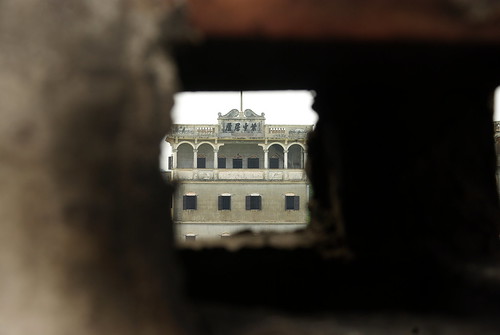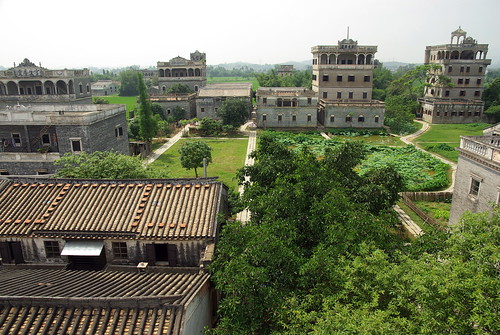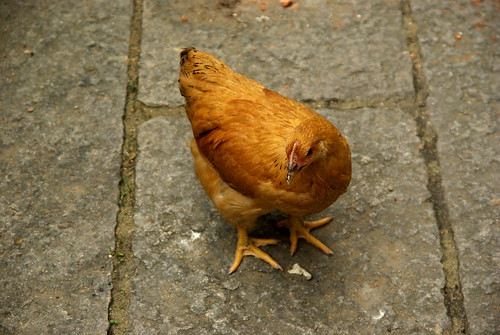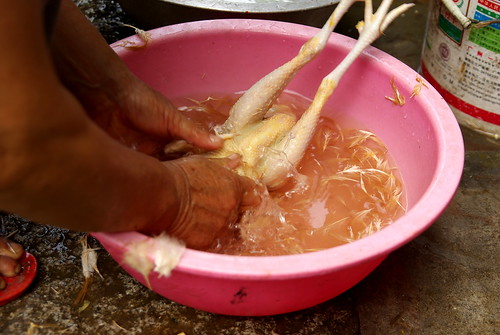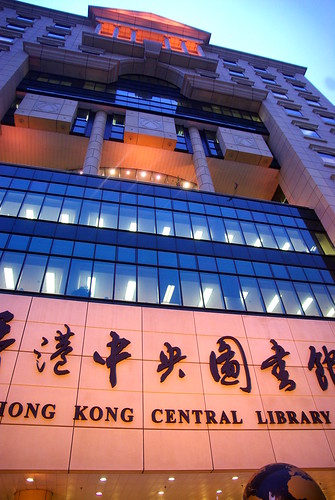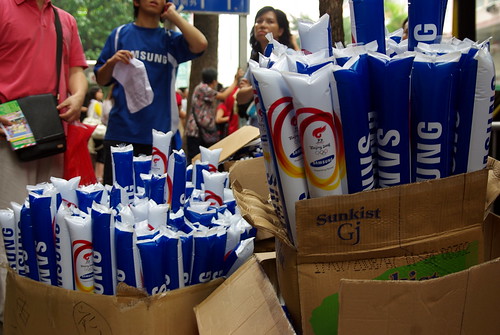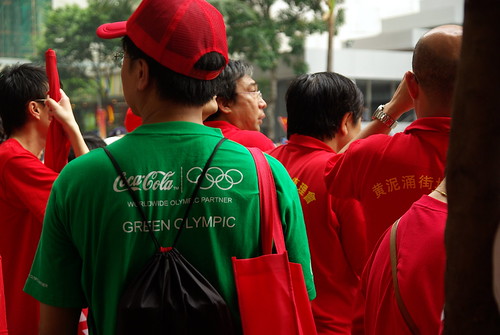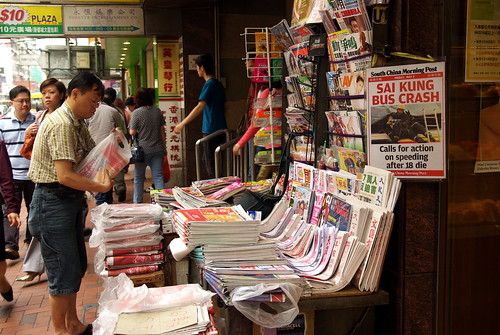This is the photo of a crowd surrounding a reporter from TVB, Hong Kong’s top television channel, during the Wan Chai portion of the torch relay in Hong Kong. A very happy crowd assembled along Hennessy Road, the main artery passing through the centrally-located district of Wan Chai, nearby which are several Hong Kong landmarks, … Continue reading “The Olympic torch relay in Hong Kong through the eyes of an Overseas Chinese”
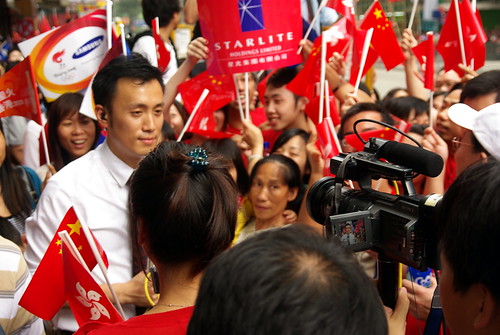
This is the photo of a crowd surrounding a reporter from TVB, Hong Kong’s top television channel, during the Wan Chai portion of the torch relay in Hong Kong.
A very happy crowd assembled along Hennessy Road, the main artery passing through the centrally-located district of Wan Chai, nearby which are several Hong Kong landmarks, like the Convention Centre. Flags of China were flying or drapped around bodies and umbrellas, among Samsung flags.
I was semi-expecting protesters, because of my exposure to Western press, but coming from a regular proudly-Chinese family, I should’ve known better, that it wasn’t in Hong Kong that you would see dissent.
There was a single occurrence of disruption, fifteen to thirty minutes before the torch’s passing, on Luard Street (perpendicular to Hennessy), at least 15 to 20 meters behind the crowd: a young blond-haired Caucasian male in a yellow t-shirt made a ruckus with the crowd. I never figured out what happened, and it was quickly suppressed by the crowd within a minute. Ten minutes after the torch passage, and after the crowd more or less dispersed, there was a police van barging in on Luard Street, with photographers snapping whatever they could through the van’s fenced windows.
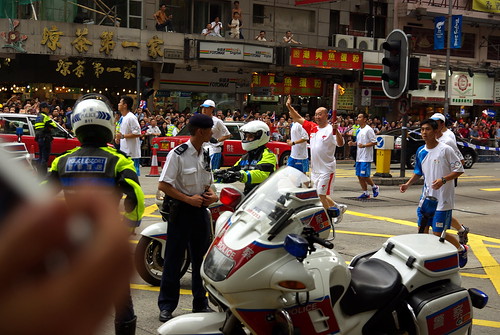
Ironically, of the 300 pictures snapped yesterday, this previous pic is the only of two good ones that I managed to get. The carrier looked like some big business person or local politician. Only 40-something percent (approx number from memory) of the runners in Hong Kong were sportsmen, lower than at relays in St Petersburg and San Francisco.
Other than that, there was nothing worth mentioning. The best is to look at this Flickr set of pictures of the event, or check at these chosen pics below.
Continue reading “The Olympic torch relay in Hong Kong through the eyes of an Overseas Chinese”

